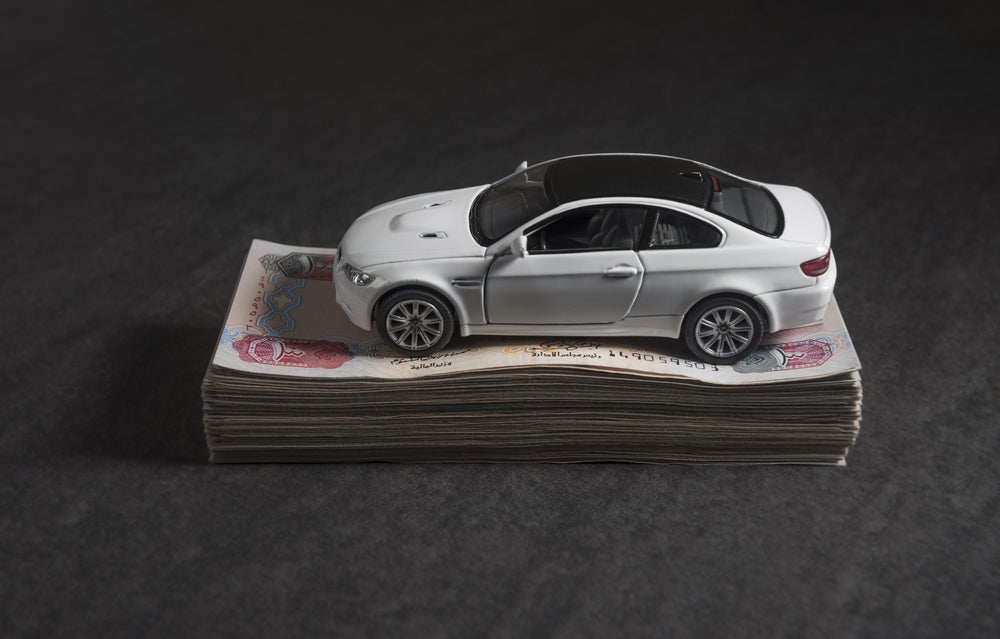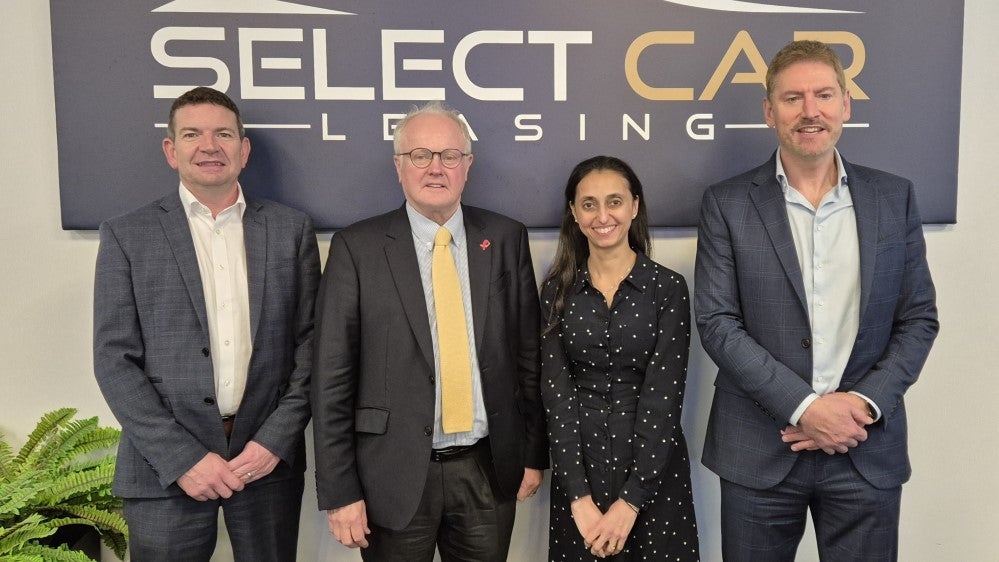
I recently attended the annual F&I
conference and awards dinner hosted by Frontline Solutions, where I
was honoured to be asked to open the day’s proceedings with a
presentation giving my overview of the point of sale market.
 It seems a
It seems a
fitting time to take stock of the situation. September certainly
did not measure up to retailers’ expectations, with a new car
market underperforming by 0.8% compared to 2010.
What’s more, with the last big sales
month out of the way, the stage seems set for a year in which the
car market falls 5% short on last year’s total, extinguishing any
hopes of a retail recovery.
Now we are looking down the throat of
the yearly fourth-quarter slump, and I don’t think anyone really
knows how deep it’s going to get this year.
How well do you really know your competitors?
Access the most comprehensive Company Profiles on the market, powered by GlobalData. Save hours of research. Gain competitive edge.

Thank you!
Your download email will arrive shortly
Not ready to buy yet? Download a free sample
We are confident about the unique quality of our Company Profiles. However, we want you to make the most beneficial decision for your business, so we offer a free sample that you can download by submitting the below form
By GlobalDataNeedless to say, aside from the
general dampening of consumer appetite in the lead-up to Christmas,
we are facing the altogether deeper winter of European economic
crisis.
With the retail market almost certain,
therefore, to shrink, and with generous manufacturer offers liable
to start dying off as funding costs become more punitive, lenders,
brokers and dealers are going to have to increase penetration the
hard way – through excellence in service and product offerings – in
order to maintain recent success.
At least they are all working towards
the same goals. As someone who had recently come into the industry
from the wider world of financial services observed to me this
month, you would be hard-pressed to find another sector –
especially one so heavily intermediated as this one – in which all
counterparties share the same priorities.
Consumers desperately need to be able
to afford vehicles they can no longer pay cash for, dealers need a
steady stream of finance provision to make their wares affordable,
and lenders need to know that customers can afford to repay the
finance agreements they are entering into.
With everyone so focused on making
sure lending is beneficial to the consumer, it seems
incomprehensible that the industry is shackled with so much
pressure to lend responsibly.
But that’s a whole different
story.
As we enter a tough new chapter of UK
car lending, it is important to remember the strengths the industry
can play to from here on in.
At the conference I attempted to
deliver a full SWOT analysis of the prospects for point of sale,
but I’d like to finish on a positive note here by mentioning what I
feel are two of the industry’s greatest advantages.
Firstly, this is an essential
industry. While other areas of consumer credit have contracted
hugely in the face of consumers cutting back on general retail
activity, motor finance has performed with great resilience.
This business is fundamental to
getting people on the roads in the UK, Europe’s most car-dependant
culture, and will only grow more important.
Secondly, consumer mindset is changing
– fast. Car buyers are younger, less cash rich, and thinking in
terms of monthly payments rather than five-figure numbers on
windscreens.
Rising enthusiasm for PCH shows us
they are gradually becoming less fixated on the British culture of
ownership, and more amenable to the German and American ideals of
paying a monthly cost of motoring.
Just as importantly, consumers are
wising up to the way credit works, and becoming far more realistic
about what they can afford, what sort of interest rates they can
expect, and what responsibilities they have when they enter into a
credit agreement.
If we can marry these two advantages –
the fact that consumers will need car finance more than ever
before, and the fact they are beginning to think in a much more
finance-literate way – we stand a good chance of being able to
replicate the success of the last two years without relying on
costly subsidised offers.
Fred Crawley
fred.crawley@vrlfinancialnews.com







